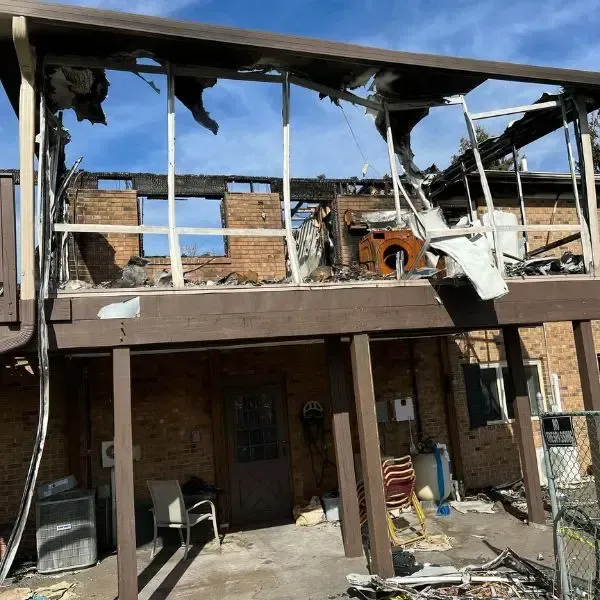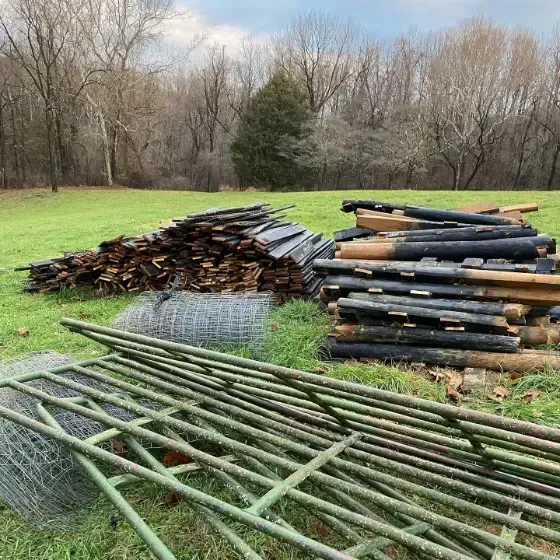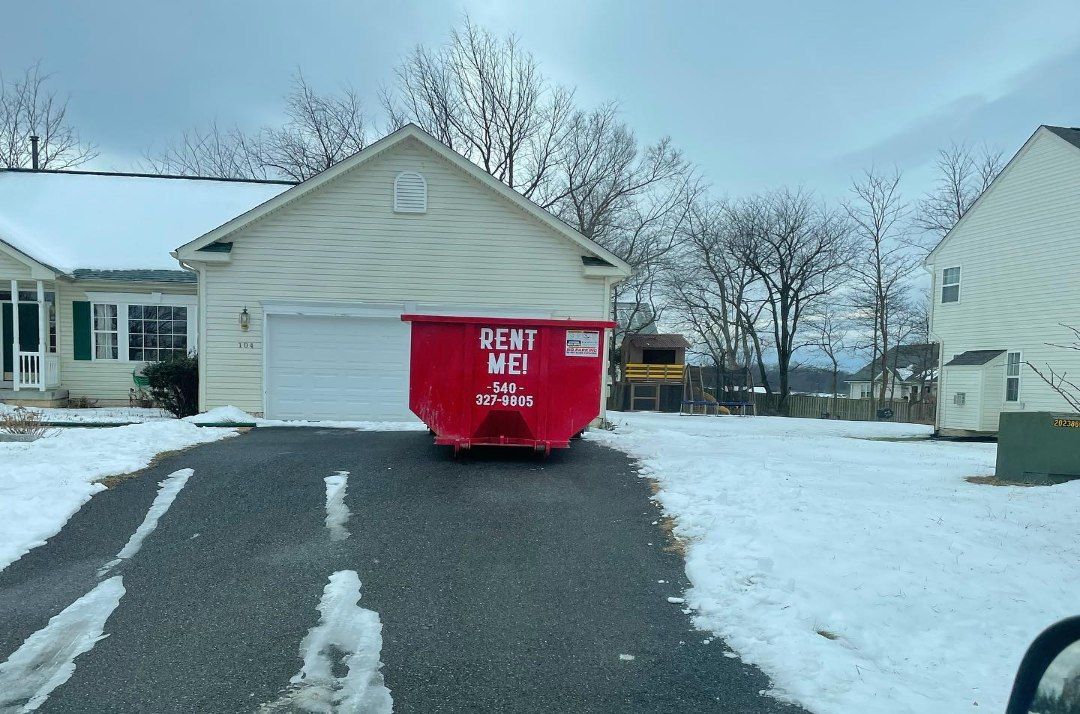Why You Should Consider Demolition for Your Old Building
If you're like many property owners who are facing the decision of what to do with an old building, the thought of demolition might seem daunting at first.
However, before you dismiss the idea, consider this: demolition could actually be the most cost-effective and practical solution for repurposing your property.
Let's explore the reasons why demolishing your old building might be the smart move for you.
Key Takeaways
- Balancing emotional ties with practical considerations when deciding on demolition
- Addressing financial implications of underutilization and potential benefits of redevelopment
- Implementing sustainable design and materials for a more energy-efficient and environmentally friendly reconstruction
- Ensuring compliance with current building codes and modernization standards for safety and functionality

Emotional Considerations of Aging Buildings
When considering the emotional impact of aging buildings, it's crucial to acknowledge the sentimental value attached to these structures by the local community. Overcoming the limitations of old structures while enhancing real estate value through demolition requires a deep understanding of the emotional connection people have with these buildings. The sense of belonging and nostalgia associated with aging structures can be profound, influencing the community's attachment to the physical presence of these edifices.
It's important to recognize that while the sentimental value of aging buildings is significant, it must be balanced against the practical considerations of maintaining these structures. The emotional ties to these buildings can often cloud the judgment of their actual utility and safety. By addressing the emotional impact of demolition, it's possible to approach the process with empathy and understanding, easing the transition for the local community.
Furthermore, the decision to demolish an old building should be viewed as an opportunity to create something new and valuable for the community. By carefully considering the emotional impact, it's possible to integrate the sentiments attached to the old structure with the potential for enhanced real estate value through the development of modern, functional spaces. This approach not only respects the community's emotional ties but also aligns with the desire for belonging by creating spaces that meet the evolving needs and aspirations of the local population.
Practical Challenges of Underutilized Properties
When dealing with underutilized properties, you may encounter various practical challenges, such as property redevelopment hurdles and the economic impact of underutilization. These challenges can include navigating zoning and land use restrictions, as well as addressing the financial implications of maintaining an underutilized property.
Understanding the practical obstacles associated with underutilized properties is essential for making informed decisions regarding their future.
Property Redevelopment Challenges
Underutilized properties present practical challenges for property redevelopment, often requiring a comprehensive understanding of local development needs and regulations. When considering the investment benefits of demolition and reconstruction, as well as repurposing land for community-beneficial projects, property redevelopment may encounter several challenges.
These challenges can include:
Zoning and Land Use Restrictions: Local zoning laws and land use regulations can significantly impact the redevelopment potential of underutilized properties, requiring careful navigation to ensure compliance and approval for the intended redevelopment plans.
Environmental Considerations: Underutilized properties may have environmental issues such as soil contamination or hazardous materials, necessitating thorough assessment and remediation to meet regulatory requirements and ensure the safety of future redevelopment.
Infrastructure and Utilities: Redevelopment plans need to consider the availability and capacity of essential infrastructure and utilities, such as water, sewage, and electricity, as well as transportation access, to support the intended redevelopment use.
Economic Impact of Underutilization
To fully grasp the economic impact of underutilization on properties, it's crucial to assess the tangible costs and missed opportunities associated with neglecting their potential. The ongoing costs of maintaining old buildings, such as repairs, maintenance, and utilities, can accumulate significantly over time, impacting the financial health of the property.
In contrast, considering the financial implications of maintaining versus demolishing underutilized buildings is essential. Demolishing and redeveloping the property can lead to new revenue streams and increased property values, thus creating a more favorable economic outcome. It's important to analyze the long-term effects of underutilization on the property's economic potential and consider the practical challenges of underutilized properties.
Safety and Risk Mitigation
Considering the need for safety and risk mitigation, it's crucial to assess the structural integrity and potential hazards of the old building before proceeding with any demolition plans. Old buildings often pose safety concerns due to deterioration, outdated construction methods, and the presence of hazardous materials.
To mitigate risks associated with demolition, it's imperative to:
- Conduct a Comprehensive Structural Assessment: Engage a qualified structural engineer to evaluate the building's stability and identify any potential weaknesses or structural issues. This assessment is critical in determining the safest demolition methods and ensuring the protection of surrounding structures.
- Address Legal Liabilities: Prior to initiating demolition, it's essential to comply with all relevant regulations and obtain the necessary permits. Failure to adhere to legal requirements can result in severe legal liabilities. Additionally, securing adequate insurance coverage for the demolition process is crucial to mitigate financial risks.
- Implement Rigorous Safety Measures: Preventing accidents during demolition requires meticulous planning and adherence to stringent safety protocols. This includes the use of personal protective equipment, site-specific safety plans, and the employment of experienced demolition professionals who are trained to handle the complexities and risks associated with demolishing old buildings.

Financial Implications of Demolition
Assessing the financial implications of demolition necessitates careful consideration of the costs associated with safety measures, legal compliance, and potential environmental remediation, all informed by the structural assessment conducted earlier. Safety measures such as securing the site, removing hazardous materials, and employing qualified personnel can contribute significantly to the overall cost. Legal compliance, including obtaining permits and adhering to regulations, is crucial to avoid potential fines and delays. Additionally, potential environmental remediation costs must be factored in, especially if the building contains materials that require special disposal procedures.
When considering the financial implications of demolition, it's essential to weigh these costs against the potential benefits. While demolition may seem costly upfront, it can ultimately lead to significant savings and optimization in new constructions. Success stories of transformation, where old buildings have been replaced with modern, efficient structures, demonstrate the long-term financial benefits of demolition. By removing outdated or unsafe buildings, you can create space for new developments that are compliant with current regulations and designed for optimal functionality.
Moreover, demolishing an old building can increase the overall value of the property, attracting potential buyers or tenants and enhancing the overall economic prospects of the area. Therefore, while the immediate financial implications of demolition may seem daunting, they should be evaluated in the context of the long-term potential for financial gain and improved community development.
Efficiency and Sustainable Development
You can enhance the efficiency and sustainability of your development project by implementing modern, environmentally conscious design and construction practices. This approach not only benefits the environment but also aligns with the growing demand for creating spaces for modern businesses and lifestyles.
To achieve these goals, consider the following:
- Energy-Efficient Design: Incorporate energy-efficient features such as LED lighting, smart thermostats, and high-performance insulation. These elements can significantly reduce energy consumption and operational costs while creating a comfortable and productive environment for tenants.
- Sustainable Materials: Opt for sustainable building materials such as recycled steel, bamboo flooring, and low-VOC paints. These materials not only reduce the environmental impact of construction but also contribute to healthier indoor air quality for occupants.
- Green Spaces and Landscaping: Integrate green spaces, rooftop gardens, and native landscaping into your development. These features not only enhance the aesthetic appeal of the property but also provide environmental benefits such as natural insulation, stormwater management, and habitat creation.
Meeting Current Needs and Modernization
You need to consider the current building codes and regulations to ensure that your old building meets the modern standards for safety and functionality.
Infrastructure modernization is crucial for keeping up with the demands of technology, energy efficiency, and environmental sustainability.
Understanding and complying with local development regulations is essential for the successful modernization of your old building.

Current Building Codes
When considering the demolition of an old building, it's crucial to align with the current building codes, ensuring that the new development meets modern needs and standards. Navigating zoning laws and building regulations is essential to guarantee compliance with the current codes. This involves understanding the specific requirements set forth by local authorities and ensuring that the new construction meets all necessary criteria.
Additionally, designing for energy efficiency is a key consideration within the current building codes. Implementing sustainable and energy-efficient design elements not only ensures compliance with modern standards but also contributes to environmental conservation and cost savings in the long run.
Lastly, prioritizing safety measures as mandated by the current building codes is fundamental in creating a secure and modernized space for occupants.
Infrastructure Modernization
To ensure the modernization of infrastructure meets current needs, a detailed assessment of the existing systems and a thorough understanding of local development requirements are essential.
Infrastructure modernization entails addressing structural instability and hazardous materials, which may pose risks to the community. Iron Bull Hauling's comprehensive understanding of local development needs and regulations enables them to navigate the complexities of infrastructure modernization effectively. By adhering to current building codes and standards, they ensure that the modernization process aligns with the specific needs of the community.
Through its diverse service areas from Frederick to Warren counties, Iron Bull Hauling demonstrates a commitment to meeting the evolving infrastructure requirements of the region. Embracing infrastructure modernization not only enhances safety and functionality but also fosters a sense of belonging and pride in the local community.
Local Development Regulations
How do local development regulations ensure the meeting of current needs and facilitate infrastructure modernization?
Local development regulations play a crucial role in ensuring that current needs are efficiently met and infrastructure is modernized to keep pace with changing demands. Here's how they achieve this:
- Zoning ordinances: These regulations determine land use, density, and building heights, ensuring that new developments align with current needs and modernization efforts.
- Building codes: By enforcing safety and efficiency standards, building codes ensure that new construction meets modern requirements for sustainability and functionality.
- Permitting processes: Streamlined and efficient permitting processes enable the timely approval of new projects, contributing to the modernization of infrastructure to meet current needs.
Real Estate Value and Compliance Benefits
Maximizing real estate value and ensuring compliance with local regulations are essential considerations for any property owner or developer. When contemplating the demolition of an old building, it's crucial to evaluate the impact on real estate value and the benefits of compliance with sustainable building regulations.
Demolishing an outdated structure and constructing a new, sustainable building can significantly enhance the overall real estate value of the property. Sustainable buildings are increasingly sought after in the real estate market due to their energy efficiency, reduced maintenance costs, and positive environmental impact. By considering demolition and embracing sustainable building practices, property owners can position their developments as desirable and valuable assets within the local real estate market.
Moreover, compliance with sustainable building regulations not only adds to the property's appeal but also ensures adherence to environmental and construction standards set forth by local authorities. Constructing a new building in compliance with sustainable practices demonstrates a commitment to environmental responsibility and can lead to various benefits such as tax incentives, rebates, and lower operational costs. Additionally, sustainable buildings are better equipped to meet the evolving expectations of tenants and buyers, thereby increasing the overall competitiveness and attractiveness of the property.
Summary
Demolishing your old building can lead to an increase in property value, according to a study by the National Association of Home Builders.
Considering the emotional, practical, and financial factors involved, demolition may be the most efficient and sustainable option for redevelopment.
With Iron Bull Hauling's expertise and commitment to safety, you can trust that your demolition project will be handled with the utmost care and compliance.


